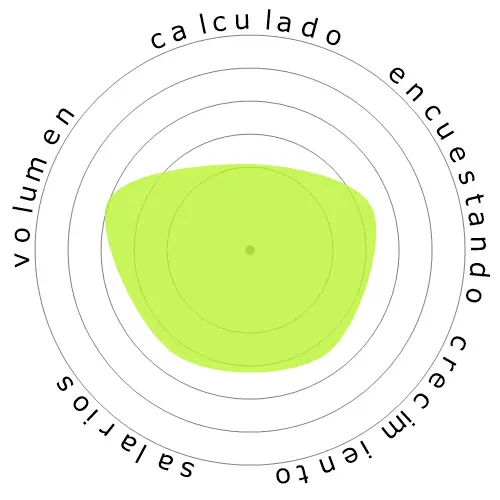Tecnólogos y Técnicos Radiológicos




Las personas también vieron
Riesgo de automatización calculado
Riesgo Moderado (41-60%): Las ocupaciones con un riesgo moderado de automatización generalmente implican tareas rutinarias pero aún requieren cierto juicio e interacción humanos.
Más información sobre qué es esta puntuación y cómo se calcula está disponible aquí.
Encuesta de usuarios
Nuestros visitantes han votado que hay una baja probabilidad de que esta ocupación se automatice. Sin embargo, el nivel de riesgo de automatización que hemos generado sugiere una mayor probabilidad de automatización: 58% probabilidad de automatización.
¿Cuál crees que es el riesgo de la automatización?
¿Cuál es la probabilidad de que Tecnólogos y Técnicos Radiológicos sea reemplazado por robots o inteligencia artificial en los próximos 20 años?
Sentimiento
El siguiente gráfico se incluye siempre que haya una cantidad sustancial de votos para generar datos significativos. Estas representaciones visuales muestran los resultados de las encuestas de usuarios a lo largo del tiempo, proporcionando una indicación importante de las tendencias de sentimiento.
Sentimiento a lo largo del tiempo (anualmente)
Crecimiento
Se espera que el número de ofertas de trabajo para 'Radiologic Technologists and Technicians' aumente 5,8% para 2033
Empleo total y estimaciones de vacantes laborales
Las proyecciones actualizadas se deben 09-2025.
Salarios
En 2023, el salario anual mediano para 'Radiologic Technologists and Technicians' fue de 73.410 $, o 35 $ por hora.
'Radiologic Technologists and Technicians' recibieron un salario 52,7% más alto que el salario medio nacional, que se situó en 48.060 $
Salarios a lo largo del tiempo
Volumen
A partir de 2023, había 221.170 personas empleadas como 'Radiologic Technologists and Technicians' dentro de los Estados Unidos.
Esto representa alrededor del 0,15% de la fuerza laboral empleada en todo el país.
Dicho de otra manera, alrededor de 1 de cada 686 personas están empleadas como 'Radiologic Technologists and Technicians'.
Descripción del trabajo
Realizar radiografías y tomografías computarizadas o administrar materiales no radiactivos en el torrente sanguíneo del paciente con fines de diagnóstico o investigación. Incluye tecnólogos y técnicos radiológicos que se especializan en otras modalidades de escaneo.
SOC Code: 29-2034.00


Comentarios
Secondly we have kids and kids will be scared if a piece of metal tries to grab him so you need human interaction
Fortunately, there are also too many different makes of machines. For one robot to be programmed to fault find and fix all makes of x-ray machines is going to take at least 40 years to develop, which won't be worth an engineer's effort based on its purpose.
This job will not become redundant in the next 20 years.
Deja una respuesta sobre esta ocupación